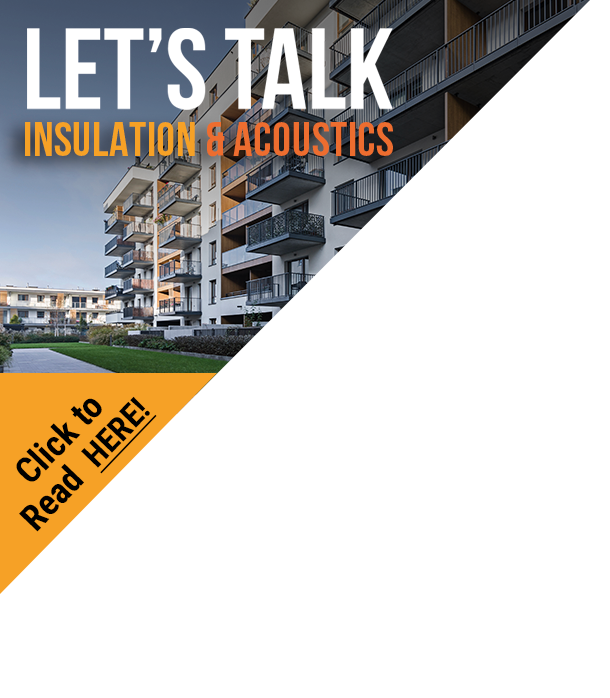The pipeline of
new-build social housing construction shrunk 4% last year as registered social
landlords diverted money to repairs in the wake of the Grenfell fire according
to exclusive new construction industry research from Glenigan.
The study covers
detailed planning applications for new-build housing made by RSLs or housing
associations during 2018 and shows plans submitted for 24,164 units in 2018.
The drop of 4% ends
a run of growth that began in 2015 and comes amid increasing expectation that
RSLs will shift spending into repairs

Glenigan’s economics
director Allan Wilén explains: “The tragic event of the Grenfell fire in June
2017 is disrupting the progress of planned developments.
“The immediate need
to review and address any safety issues on the existing high-rise stock is
likely to divert associations’ internal resources and estimates of the cost of
installing sprinklers in high-rise blocks has been put at £1 billion.”
RSLs were already
wrestling with changes to their funding model when the Grenfell tragedy
occurred in June 2017.
The pipeline had
surged 20% in 2016 but this rise slowed to just 8% in 2017. The reverse in 2018
was due to significant falls in the number of new flats proposed by RSLs.
Glenigan’s
construction industry research shows that in 2018 RSLs submitted planning
applications to build 13,252 houses. This was a rise of 9% on the previous
year, but the pipeline of flats and retirement housing shrank.
The number of flats
proposed by RSLs in detailed planning applications shrank 21% to 9,742.
The retirement
pipeline shrank by a quarter as plans for just 955 units were submitted by
RSLs.
As a result, 54.8%
of the overall planning pipeline for RSLs is now comprised of some form of
house. A year ago, that ratio was 46.8%.
In contrast just
40.3% of the RSL pipeline is flats compared to 47.6% in 2017. Retirement homes
comprise 3.9% of the pipeline – down from 4.9% a year earlier – with just under
1% of new homes proposed by RSLs now bungalows.
Despite the fall in
planned new homes, the number of detailed planning applications of 10 or more
units made by RSLs continues to increase.
In 2016, Glenigan’s
construction market research showed that RSLs submitted 435 detailed planning
applications of 10 or more units. That figure rose to 453 submissions in 2017
and then to 462 applications last year but on average RSLs are planning slightly
smaller schemes.
In 2018, the average
detailed planning application submitted by an RSL contained 52 units compared
to 57 homes in 2017.
With RSLs working
with new funding models and a need to assess previous work, Glenigan
anticipates that the underlying value of new social housing work fell by 12%
last year.
This year will bring
an improvement and a rise of 5% as repairs increase and student accommodation
work booms, but new build homes from RSLs look unlikely to grow substantially.




















